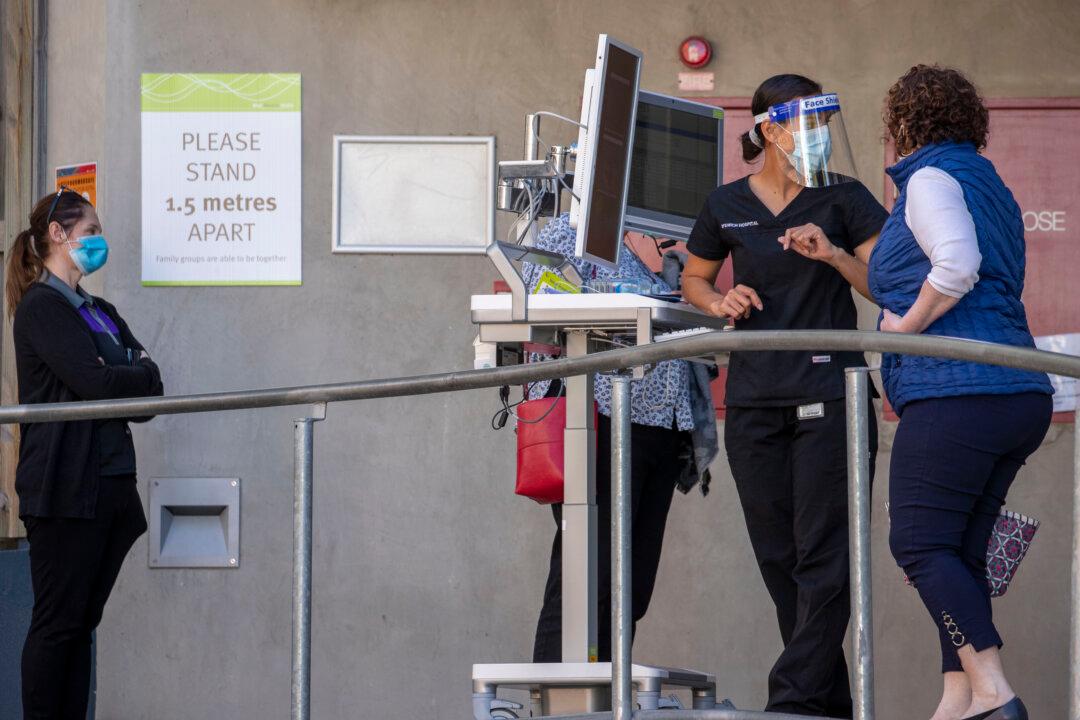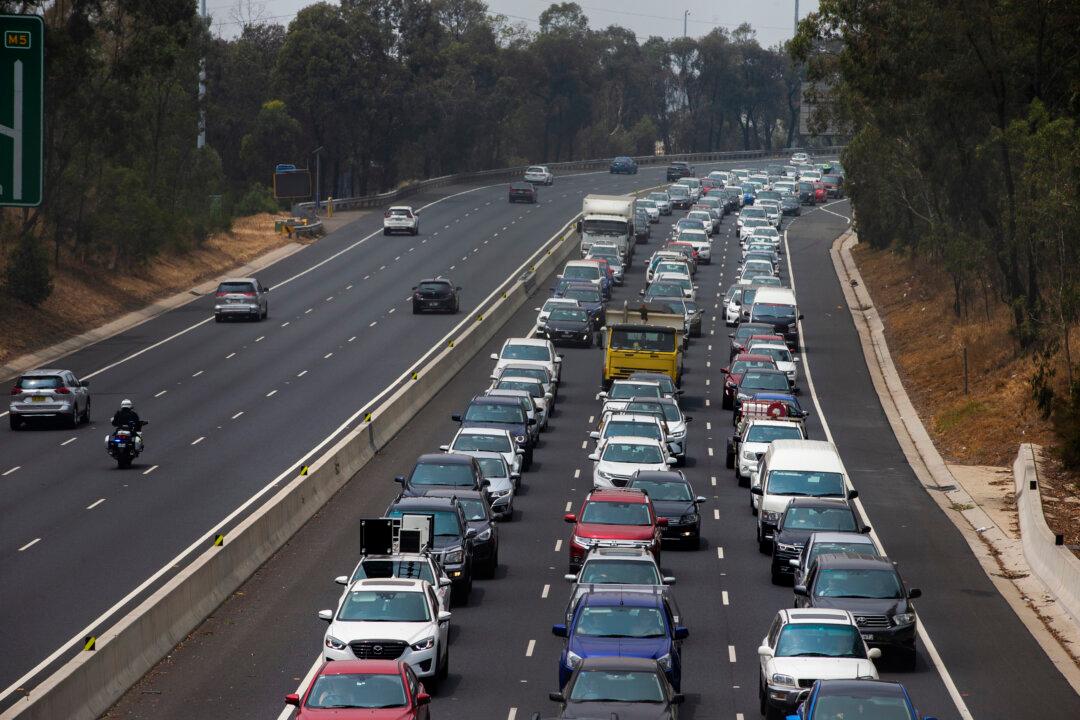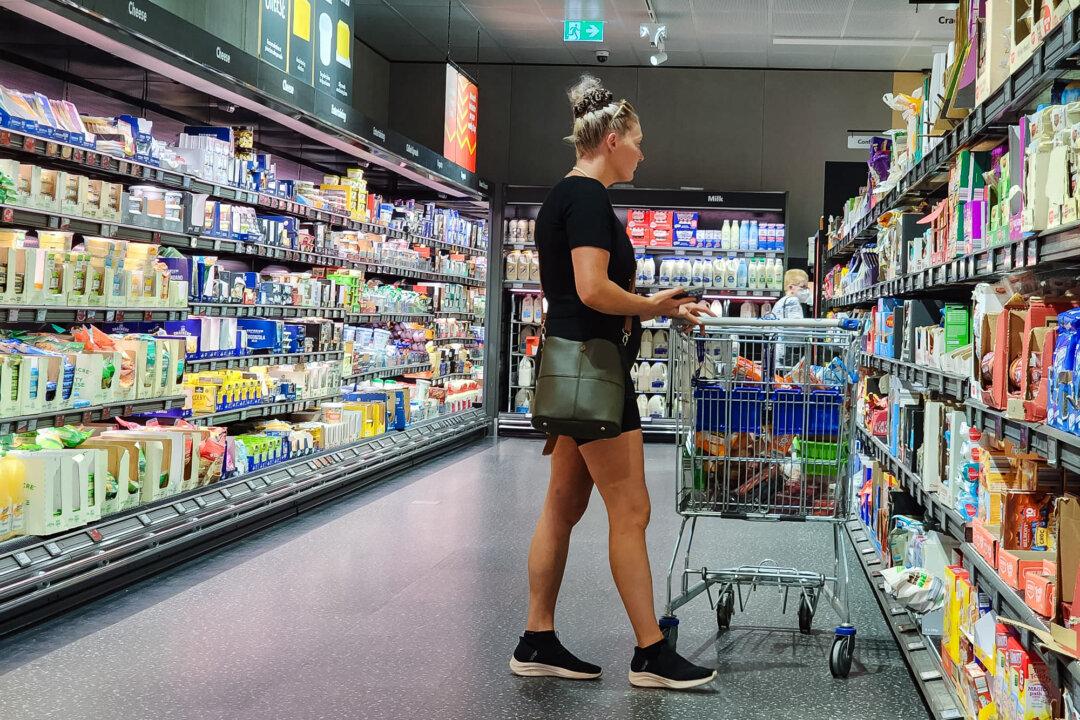The JN.1 COVID variant spreading in a “wave on wave pattern ” in Victoria and New South Wales (NSW) has led to a sharp rise in infections and hospitalisations, sparking concerns amongst health officials.
On Jan. 8, Victorian health authorities issued a health alert for the Omicron variant, sub-lineage BA.2.86 which is experiencing its second such surge in the past six months.
The state’s Department of Health said the rate of hospitalisation averaged 377 across the state—an increase on the average of 326 recorded in December.
The World Health Organisation has classified the variant “of interest” due to its “rapidly increasing” global spread.
The cases in Victoria and NSW, part of a so-called ninth wave, are expected to reach their peak in the next few weeks.
Referring to the new variant, Victoria’s Chief Health Officer Dr. Clare Looker told The Age newspaper that, “Rather than a lull or a return to baseline between waves, we’ve had a bit of a wave-on-wave pattern.”




